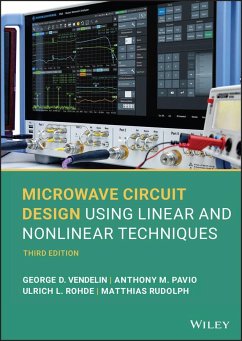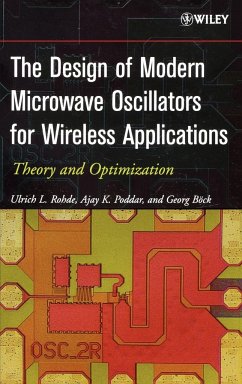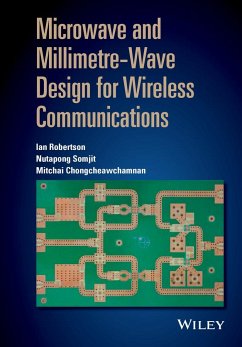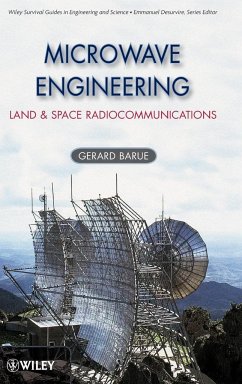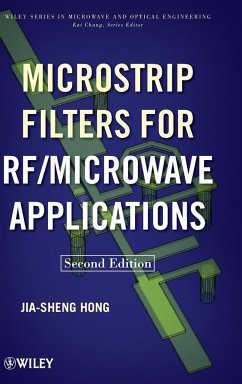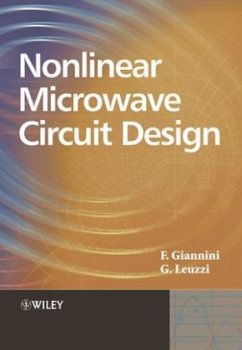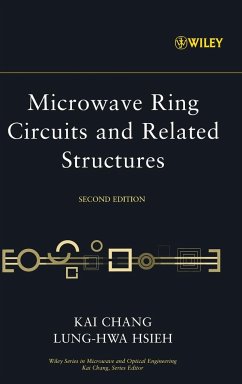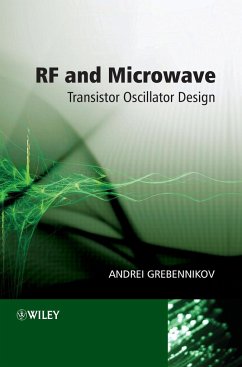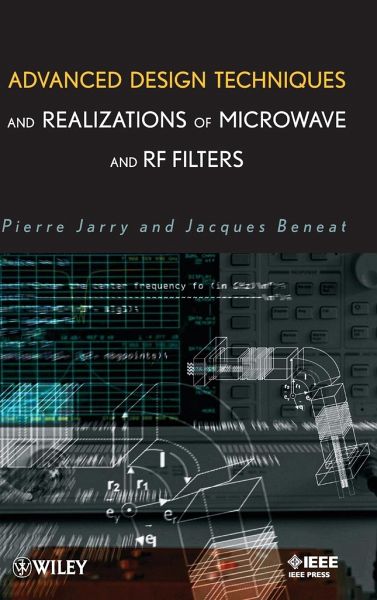
Design Techniques

PAYBACK Punkte
70 °P sammeln!
Provides the knowledge and skills to design and realize microwave and RF filters Covers numerous approaches for solving the filter design problem. Based on the research performed by the authors for leading French and European Space and Telecommunication agencies over a period of 30 years.
The fundamentals needed to design and realize microwave and RF filters.
Microwave and RF filters play an important role in communication systems and, owing to the proliferation of radar, satellite, and mobile wireless systems, there is a need for design methods that can satisfy the ever-increasing demand for accuracy, reliability, and shorter development times.
Beginning with a brief review of scattering and chain matrices, filter approximations and synthesis, waveguides and transmission lines, and fundamental electromagnetic equations, the book then covers design techniques for microwave and RF filters operating across a frequency range from 1 GHz to 35 GHz.
Each design chapter:
Is dedicated to only one filter and is organized by the type of filter response
Provides several design examples, including the analysis and modeling of the structures discussed and the methodologies employed
Offers practical information on the actual performance of the filters and common difficulties encountered during construction
Concludes with the construction technique, pictures of the inside and outside of the filter, and the measured performances
Advanced Design Techniques and Realizations of Microwave and RF Filters is an essential resource for wireless and telecommunication engineers, as well as for researchers interested in current microwave and RF filter design practices. It is also appropriate as a supplementary textbook for advanced undergraduate courses in filter design.
Microwave and RF filters play an important role in communication systems and, owing to the proliferation of radar, satellite, and mobile wireless systems, there is a need for design methods that can satisfy the ever-increasing demand for accuracy, reliability, and shorter development times.
Beginning with a brief review of scattering and chain matrices, filter approximations and synthesis, waveguides and transmission lines, and fundamental electromagnetic equations, the book then covers design techniques for microwave and RF filters operating across a frequency range from 1 GHz to 35 GHz.
Each design chapter:
Is dedicated to only one filter and is organized by the type of filter response
Provides several design examples, including the analysis and modeling of the structures discussed and the methodologies employed
Offers practical information on the actual performance of the filters and common difficulties encountered during construction
Concludes with the construction technique, pictures of the inside and outside of the filter, and the measured performances
Advanced Design Techniques and Realizations of Microwave and RF Filters is an essential resource for wireless and telecommunication engineers, as well as for researchers interested in current microwave and RF filter design practices. It is also appropriate as a supplementary textbook for advanced undergraduate courses in filter design.



